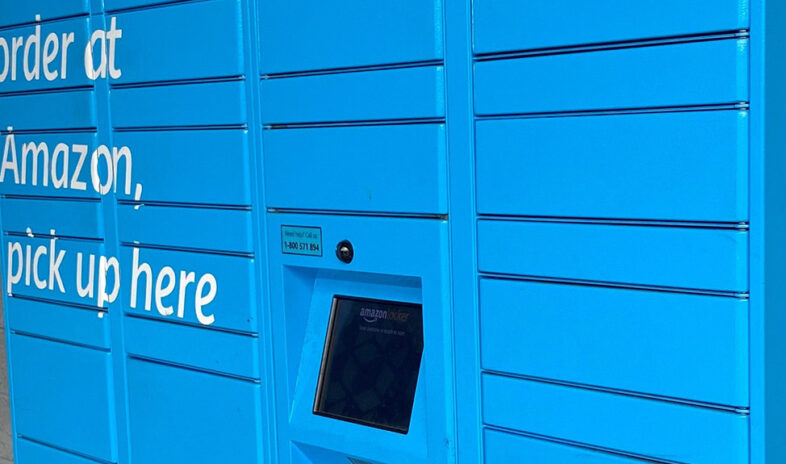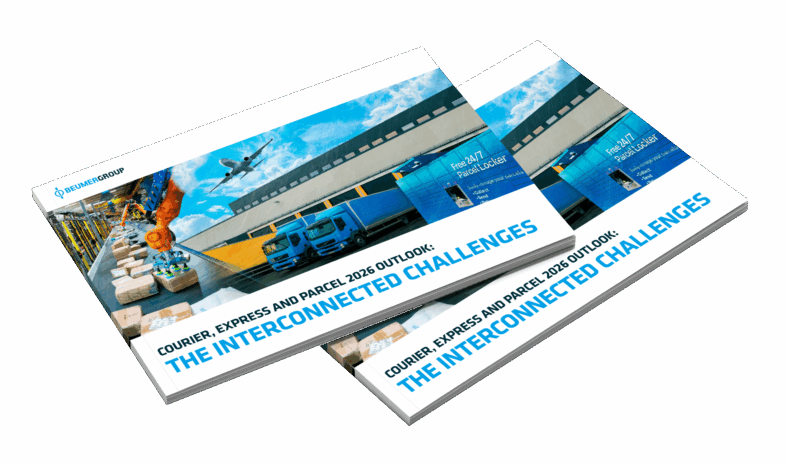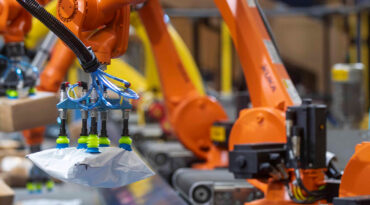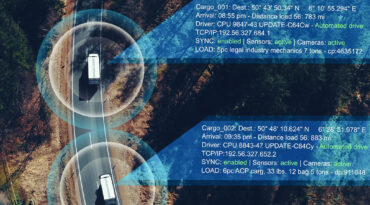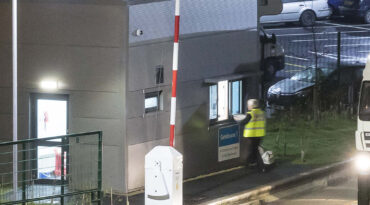There are more internet-connected devices in the world than there are people. The explosion in connectivity has the potential to be transformative not only for humans but also for businesses and industries.
This increased connectivity is often called the Internet of Things (IoT) and refers to interconnecting networks of physical objects embedded with digital sensors that can collect, transmit and act upon a wide variety of data.
IoT can create real value for organisations that strategically adopt it to better control and manage assets, increase efficiency, cut costs, generate new revenue, and improve the customer experience.
Extending the Internet of Things into the realm of mail and parcel delivery can potentially also revolutionise how postal, courier and express services operate.
The Internet of Postal Things (IoPT) could help CEP businesses generate operational efficiencies, develop new services and business models and improve the customer experience. IoPT envisions a future where smart mailboxes, connected vehicles, and real-time data analytics come together to create a more responsive, efficient, and customer-centric courier, express and parcel network.
As consumer expectations for faster, more reliable deliveries continue to rise, the traditional methods of managing postal operations are becoming increasingly inadequate. The need for a more intelligent, interconnected system is more pressing than ever. The IoPT represents a significant evolution in the postal and parcel logistics industry, making it smarter, more connected, and more attuned to the demands of modern consumers.
This article explores how the CEP industry can adopt IoPT, and what promises it holds in developing a connected, intelligent network that may soon become the industry standard.
WHAT IS THE INTERNET OF POSTAL THINGS (IOPT)?
The Internet of Postal Things is a concept that extends the Internet of Things (IoT) to the courier, express and parcel industry. It involves the integration of various internet-connected devices, sensors, and data analytics into the postal system to enhance the efficiency, transparency, and overall service quality of the courier, express or parcel operations.
The key components of IoPT include physical objects such as:
- Smart mailboxes and parcel lockers: These are equipped with sensors that notify users and postal workers when mail or packages are delivered, picked up or need attention.
- RFID and GPS Tracking: RFID (Radio Frequency Identification) tags or GPS devices can be attached to parcels and provide real-time tracking information, helping customers and postal workers monitor the exact location and status of packages throughout the delivery process.
- Environmental sensors: Sensors can monitor temperature, humidity and other environmental factors to ensure that sensitive items, such as perishable good or fragile items are handled properly.
- Connected vehicles: Postal vehicles can be equipped with IoT devices to optimise routes, monitor vehicle health, and reduce fuel consumption, contributing to more efficient and sustainable postal services.
- Data analytics and predictive maintenance: The data collected from various IoT devices can be analysed to predict maintenance needs, optimise CEP operations, and even predict parcel delivery times more accurately.
- Customer interaction: IoPT can enable more seamless customer interactions, such as automatic notifications, better parcel tracking, and even predictive delivery scheduling based on the recipient’s availability.
ADOPTING THE INTERNET OF POSTAL THINGS
According to Christian Østergaard, Lead Visionary and Senior Group Strategist of IT-production/IoT/AI at PostNord use of technologies like IoPT can have a significant impact on the CEP industry in the coming years.
“Combining our own operational data with demographics, like behaviours in different areas, can give you an overall optimisation. The potential for improved processes thanks to interconnectivity and the automated use of data is huge,” he says.
However, it’s a steep incline to implement IoPT across the board in a CEP company. One of the major challenges in adopting the IoPT within the CEP industry is the complexity of integrating new technologies into existing systems.
Østergaard agrees that this orchestrated connectivity of IoPT in the CEP industry is very ambitious. But it is becoming a possibility because developments in software intelligence are moving faster and the technology is becoming more affordable.
Many CEP companies are more inclined to focus on improving internal controls through high-level systems that manage their networks, which may seem more manageable and within their immediate grasp. The more accessible approach might therefore be to first look at a dynamic parcel network that integrates the latest advances in automation, software and artificial intelligence to connect, automate and optimise the delivery process across the CEP operator’s entire network, from the point of shipment to the consumer’s doorstep.
BENEFITS AND CHALLENGES OF THE INTERNET OF POSTAL THINGS
The Internet of Postal Things could help CEP companies generate operational efficiencies, improve the customer experience and develop new services and business models.
Interconnecting the parcel network can provide endless opportunities for new, smarter applications, especially in the areas of delivery, transportation and logistics, building management and government services.


